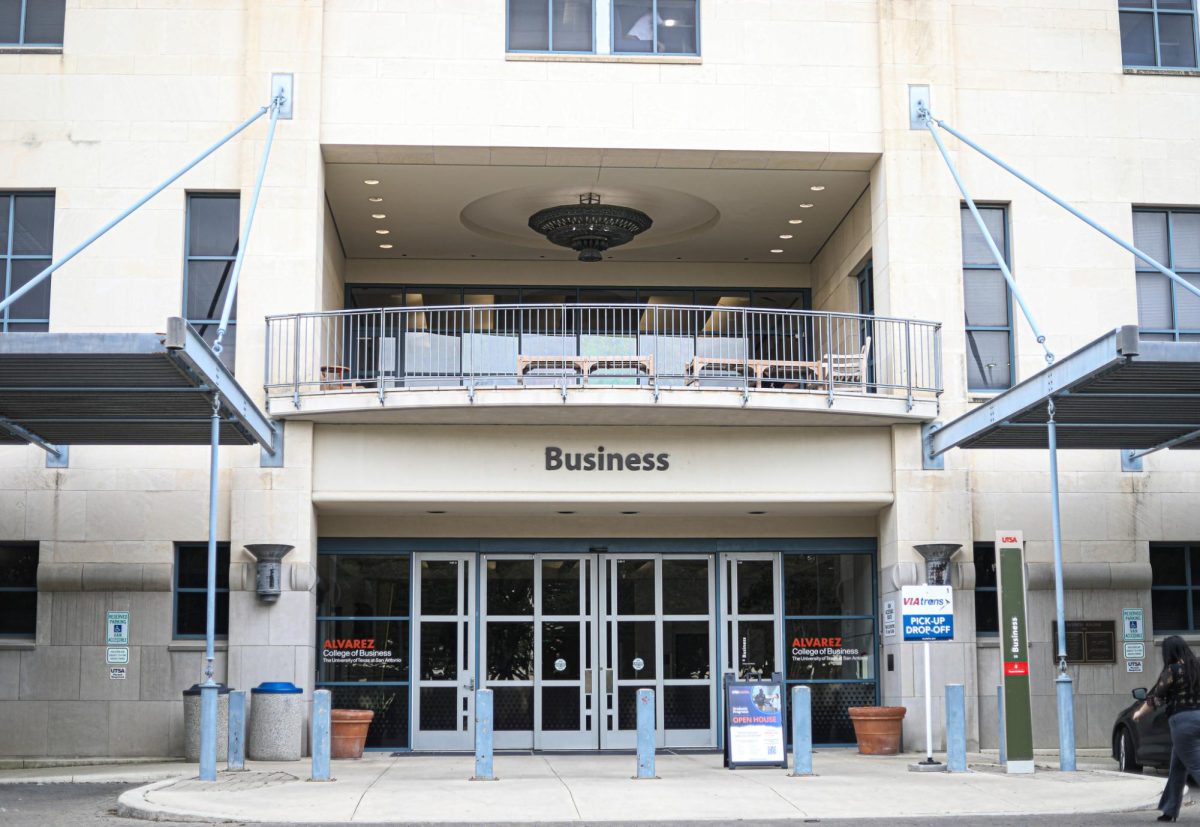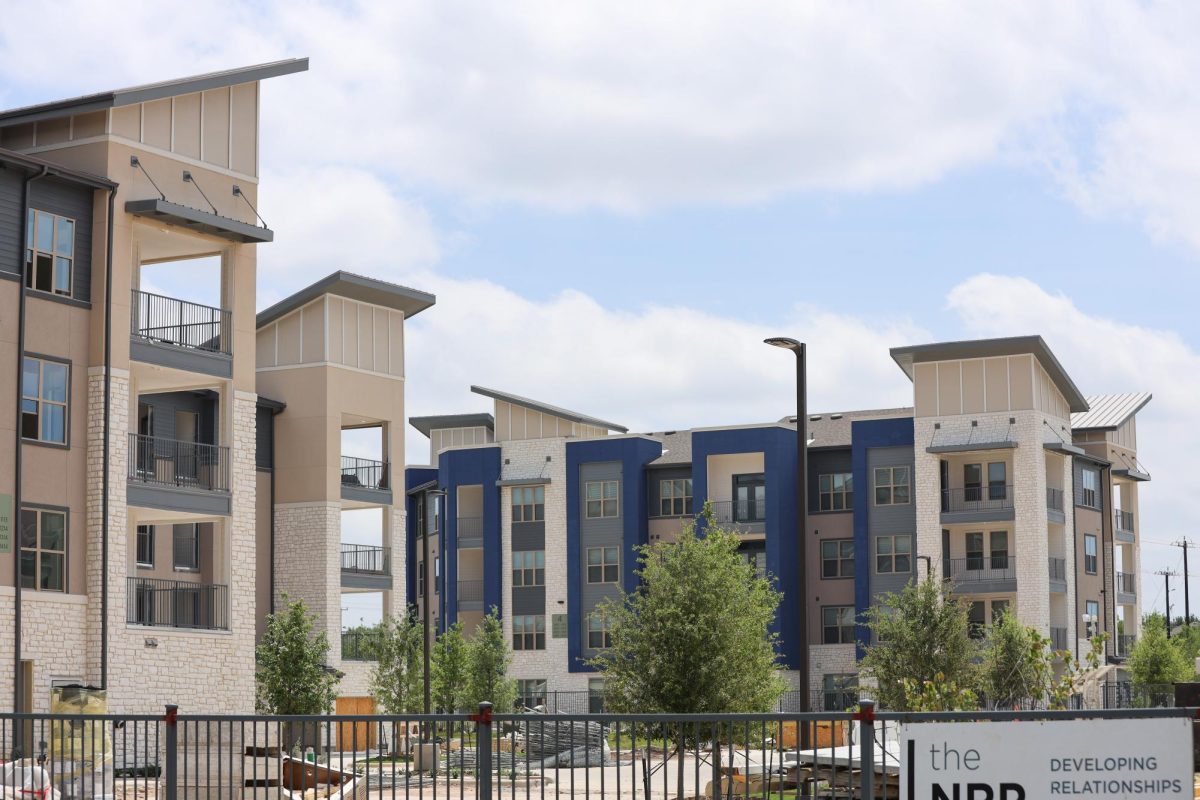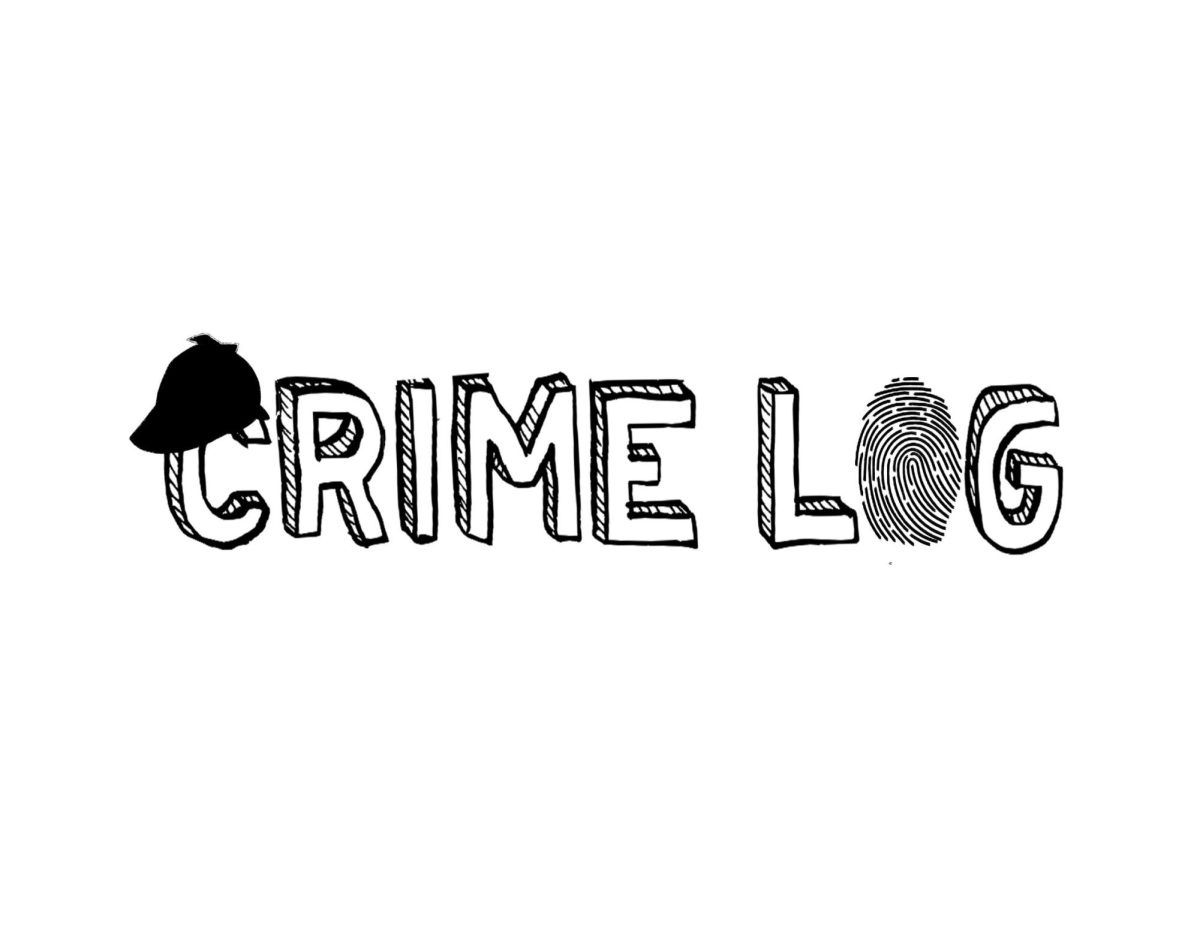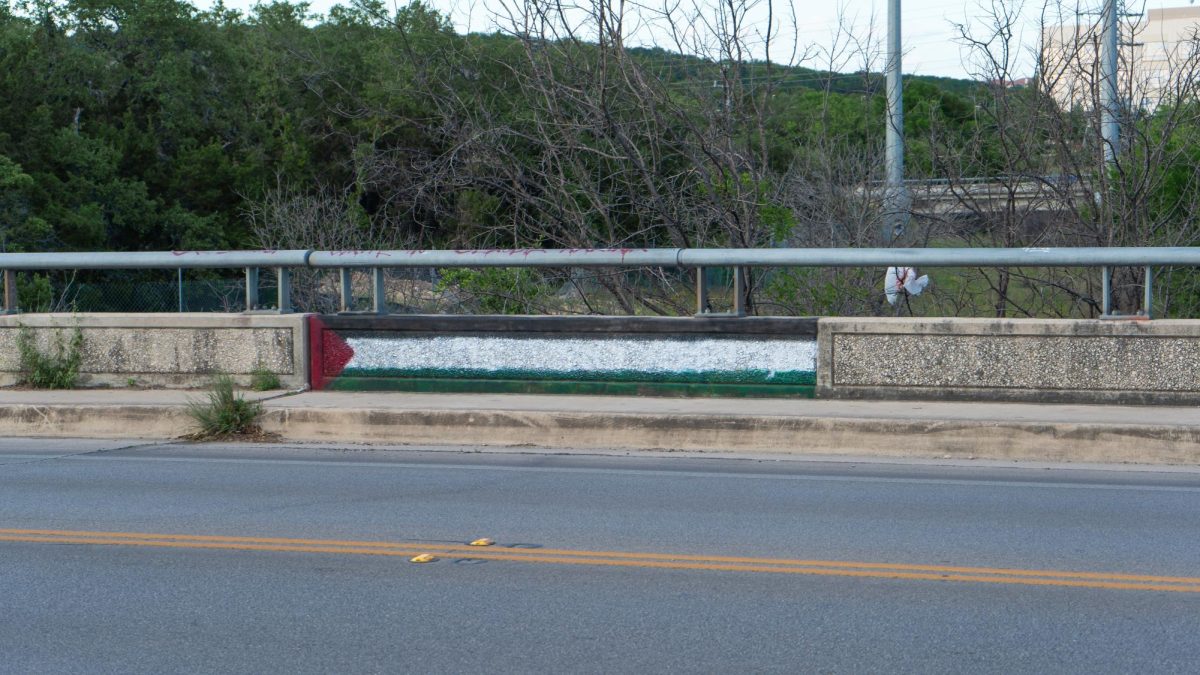
Marcus Connolly, The Paisano
On Wednesday, Feb. 18, the Center for Collegiate Recovery (CCR) awarded two scholarships for the first time as a part of its “Changing the Conversation Series.” The scholarships were awarded to individuals that serve as role models who represent what the recovery process is all about. This event marked how far the CCR has come since its opening last June.
Assistant Director Clayton Sponhaltz, a Licensed Chemical Dependency Counselor (LCDC), has seven years of previous experience working with the collegiate age groups at the residential treatment center, La Hacienda, located in Hunt, Texas. Sponhaltz, who graduated from UTSA in 2008, heads the CCR’s programs and meetings.
The CCR welcomes UTSA students who are currently or would like to be on the road to recovery from drug, alcohol or other addiction issues. Sponhaltz defines recovery as “a voluntary lifestyle change” in order to stop using and abusing drugs and alcohol.
The CCR uses the platform of abstinence to promote students’ recovery and well-being. It incorporates support group meetings, educational workshops, social outings and community service. Although the CCR may include concepts of 12-step fellowships like Alcoholics Anonymous (AA), it is not a 12-step program.
“This isn’t AA,” Sponhaltz insists. “This is a community. We insist on having fun.”
In order to promote community relations, the CCR has held three sober-tailgates this past football season, made a trip to Enchanted Rock and even held dinners at members’ houses. As of now, the support group meetings are open to anyone in any stage of recovery. According to Sponhaltz, the CCR prides itself at being very welcoming to newcomers and being a comfortable atmosphere compared to other resources available in San Antonio.
Students can choose to be a member or just stop in and check it out. Being a member of CCR entitles you to scholarships and indicates that you are more engaged with the center. Being a member is great for those who want added accountability, according to Sponhaltz. Each week there are core check-in meetings where the students follow up with each other and hold each other accountable. The CCR even has its own student-led meetings once a week.
Members of the CCR also participate in a monthly Coin Night, where students nominate and recognize others who have shown progress in any area of their recovery. These students are awarded a gold coin engraved with “Recovery Roadrunners” in honor of their growth.
Coin Night is a way to bridge the gap with non-UTSA students as well, Sponhaltz added. Speakers from the community come out to share their stories during these nights to inspire students to continue their paths in recovery. On New Years Eve, over 60 people attended Coin Night from around the non-UTSA community.
It is important for the UTSA and non-UTSA communities to connect because the non-UTSA community provides a huge portion of funding for the CCR. In 2012, the UT system’s Board of Regents authorized $2.4 million to continue funding and expanding alcohol prevention, education and recovery programs at all UT academic campuses. However, at present, most of the funds for the CCR on UTSA’s campus — including the scholarships awarded — are dependent on donations from the outside community.
“This center is driven by the community,” Sponhatlz said. “We work on sharing news with the community and potential donors.”
The community provides such a significant amount of support to the students’ recovery process that CCR members, in return, also like to give back to the community by participating in the Palmer Drug Abuse Program. This program allows collegiate students to bond and encourage high school students to attend college and live a healthy addiction-free lifestyle. The CCR also participates with Haven for Hope, connecting with young homeless individuals to promote their recovery.
“Helping others in recovery is the backbone of one’s own recovery,” said Sponhaltz.
While community service and support is an important factor of recovery, education plays a vital role as well. Being in recovery as a student has its challenges, but it is also is a big bonus as well, Sponhaltz added. School gives students a sense of purpose and structure.
“Just not drinking or using can be unfulfilling if not involved with something else that is purposeful,” Sponhaltz said.
CCR members work on improving their time management skills and striving for success in their classes. Being in the collegiate age group is also a plus, added Sponhaltz, because people are the most open-minded in their college years, and it goes with a recovery lifestyle where people are looking to grow.
The CCR continues to attract members and gain support from other UTSA groups. Sponhaltz believes that the CCR will continue to be successful because of the involvement and support of the students around campus. Other organizations and even colleges on campus, like COLFA, came together with the CCR to help choose the recipients for this year’s scholarship winners. The Center for Collegiate Recovery hopes to maintain its presence at UTSA to facilitate positive futures for recovering students.











